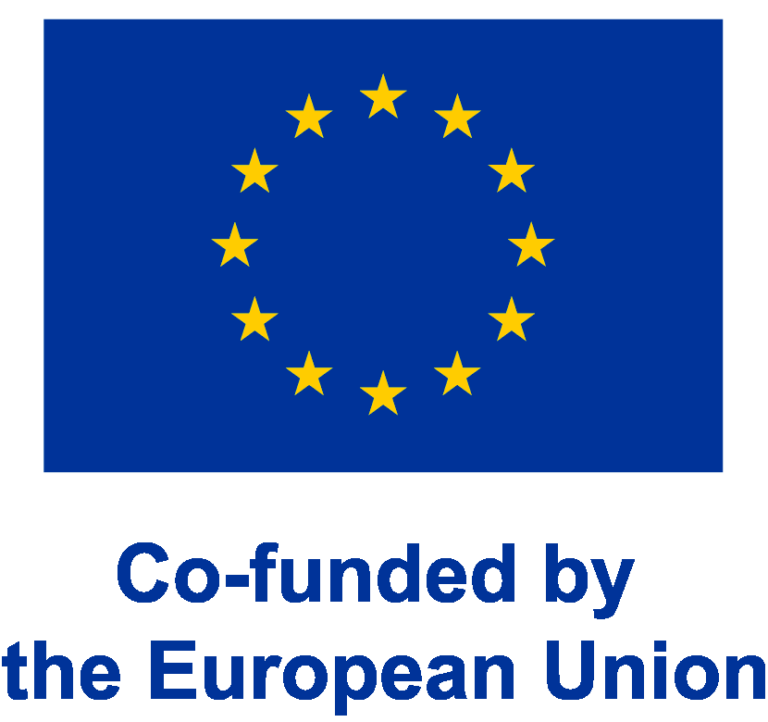
Visiiri - National ecosystem for Green ICT transition
Funders
Main funder

The project is funded by European Regional Development Fund (ERDF). The project is implemented by University of Eastern Finland, TIEKE Finnish Information Society Development Centre (coordinator), Lappeenranta–Lahti University of Technology LUT, TIVIA Finnish Information Processing Association. University of Turku and University of Oulu.
Climate change and biodiversity loss are progressing regardless of the international agreements and national strategic work (SYKE). The ICT sector has a twofold role in solving this challenge.
The ICT industry’s environmental footprint is the fastest growing of all industries, as it is estimated to triple this decade (GeSI). The largest factor in the footprint is energy consumption, because all ICT activities, from computing to network traffic, require energy. Energy use can be divided into energy use for manufacturing ICT equipment and its operational consumption. Electronics manufacturing is an energy-intensive industry with extensive value chains, which can include more than a thousand production chains from dozens of countries around the world. All of this consumes energy and, for example, up to 85% of the energy consumption of a smartphone’s life cycle can come outside of the use phase (Ericsson).
Energy consumption during life cycle use phase can be shared between the infrastructures and the software running in them, although these are strongly linked to each other. Traditionally, the optimization of energy consumption has focused mainly on improving the energy efficiency of infrastructures, as measuring the energy consumption of hardware is considerably simpler than that of software. When measuring software, the special features of each runtime environment must be taken into account. On the other hand, the energy efficiency of software is a quality criterion just like performance, and by focusing on it, the life cycle of both the software and the hardware that runs it can be extended. Regarding software, a greater impact can be achieved through their handprint.
The potential of the industry’s environmental handprint has been calculated to be ten times that of the industry’s footprint, and it becomes more prominent as information society development progresses (GeSI). Handprint effects are also quite closely related to energy saving, and the biggest ones are in the fields of transport, logistics, construction and manufacturing industry. Movement can be avoided with virtual meetings and events, logistics can be optimized with the help of routes and load data. Buildings and industrial production can be made more efficient with the help of algorithmic optimization, automation, IoT, robotics and artificial intelligence (Teknologiateollisuus ry).
Innovation ecosystems have been identified as a way to promote R&D activities in technology sectors such as ICT (BusinessFinland). The Green ICT ecosystem was piloted in Uusimaa in 2022-2023 with positive results, and a national ecosystem focusing on the topic will be established with this project. In addition, the project aims to speed up and enable the emergence of locomotive ecosystems that promote the industry. Since Green ICT is a fairly new field, there is still quite a bit of information about its implementation. In the project, in cooperation with companies, guides and training material are produced, which are based on the needs of the industry.
The Visiiri project is implemented as a parallel project between six actors. The coordinator of the project is the TIEKE Information Society Development Centre ry, with TIVIA ry, the University of Eastern Finland (UEF), the University of LUT (LUT), the University of Oulu (OY) and the University of Turku (UTU) participating in it. The whole project is put together in such a way that the project actors work together through six technical work packages. The results of the work packages are put together in such a way that a common model covering the entire ICT sector is created, which describes the sector’s climate and environmental impacts.
As a result of the project, information packages are produced from different areas of ICT (data centers, infrastructure, equipment and software), which companies can use to develop their operations. The information packages are supported by self-study material, which enables personnel in the field to master the basics of climate- and environmentally friendly ICT. During the project period, the project reaches 2,000 actors in the ICT sector through ecosystem meetings, blogs and information. With the help of the self-study material, 400 employees in the field are trained and the methods of the guides are introduced in 150 companies.

